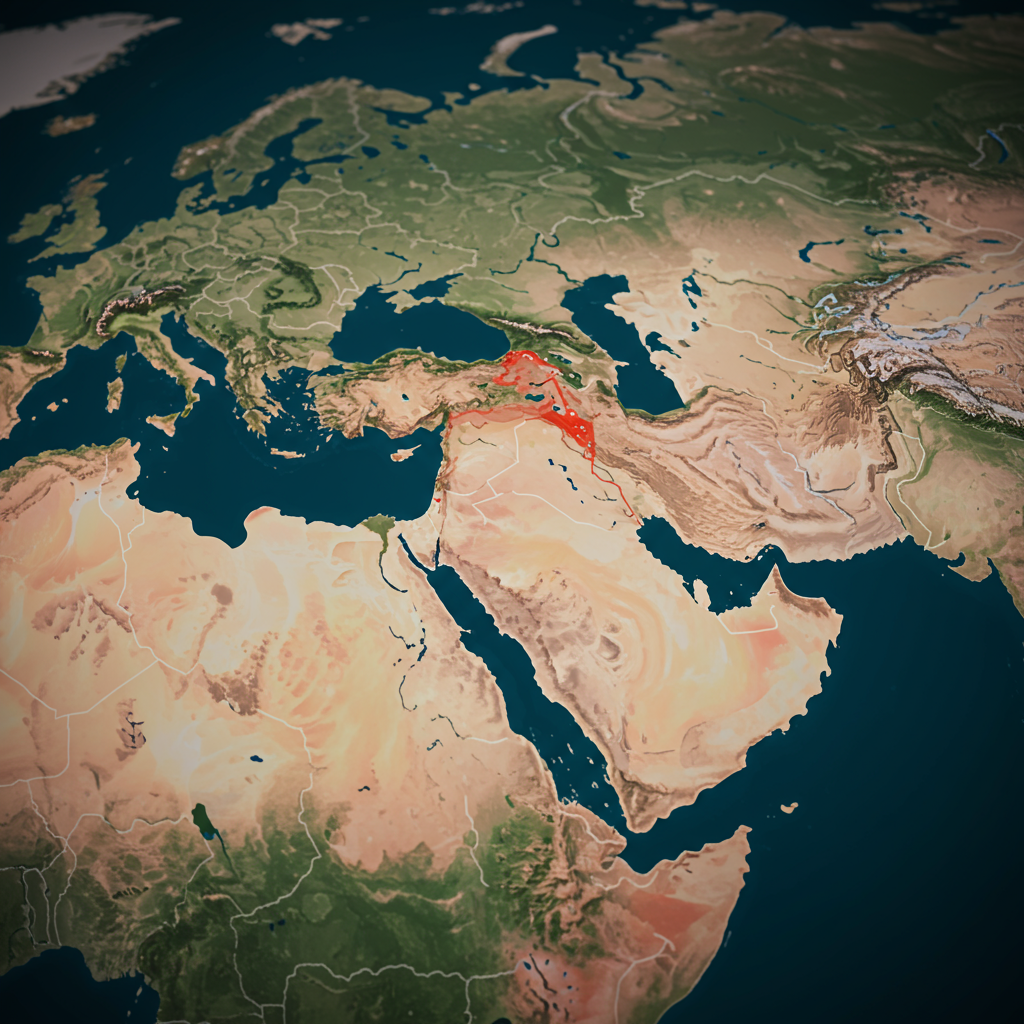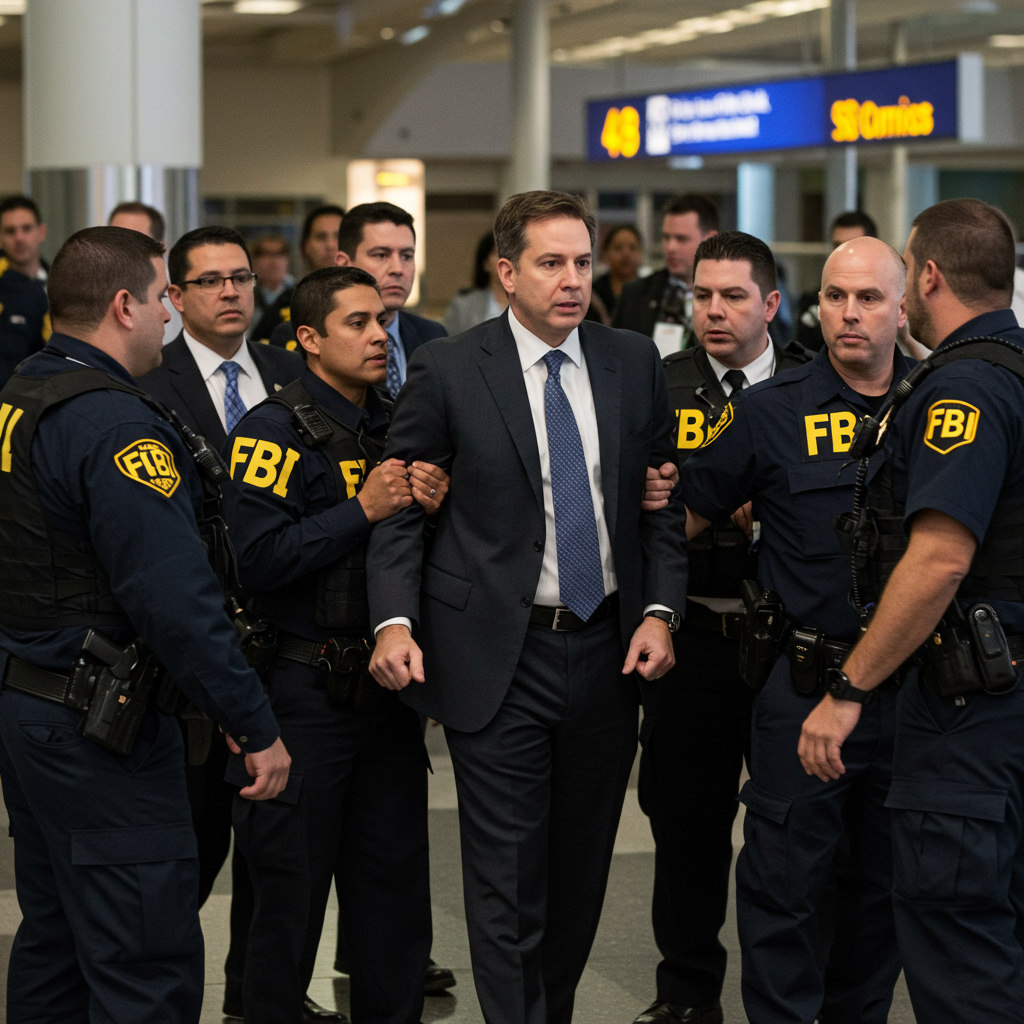Middle East on High Alert: Iran Poised for Response After US Strikes, But Regional War May End
Tensions in the Middle East are at a fever pitch following significant US military action against Iran, prompting widespread anticipation of retaliation from Tehran. This dangerous standoff coincides, however, with reports suggesting a potential imminent end to the 12-day conflict between Iran and Israel, adding a complex layer to the volatile regional dynamic.
The Catalyst: US Strikes Target Iran’s Nuclear Program
The immediate backdrop to the current crisis is the US decision to conduct precision strikes on three suspected Iranian nuclear facilities – Fordow, Natanz, and Isfahan – on June 21st-22nd. The operation, reportedly codenamed “Midnight Hammer,” involved a large contingent of aircraft and utilized advanced munitions, including 14 massive GBU-57 “bunker buster” bombs targeting the deeply buried Fordow enrichment site. US officials described the damage as “extremely severe” and “monumental,” asserting that the attacks significantly hampered Iran’s capacity to develop nuclear weapons. Analysts agree these strikes represent one of the most serious blows to the Islamic Republic since the Iran-Iraq War.
President Donald Trump, who authorized the strikes, issued stark warnings of “far greater” attacks if Iran retaliated or failed to seek peace, stating “many targets are left.” While US officials publicly aimed to avoid a wider war, Trump later alluded to the idea of “regime change.” Iran fiercely condemned the bombings as a “barbaric violation” but claimed sites had been evacuated and materials moved, minimizing the impact.
Iran’s Inevitable Calculus: Balancing Retaliation and Risk
Following the US action, Iranian leaders publicly vowed retaliation, and analysts widely regard a response as nearly certain. Supreme Leader Ali Khamenei faces the difficult task of demonstrating strength and restoring deterrence without provoking an even more devastating US or Israeli counter-response. His decision is guided by the paramount goal of regime survival, which traditionally involves resistance, though the unprecedented nature of the recent blows could test this calculus.
Factors influencing Iran’s response include recent disruptions to its military command structure due to Israeli strikes, a precarious domestic situation exacerbated by attacks on infrastructure, and the overall degradation of its proxy networks and military capabilities.
Potential Iranian retaliatory options are diverse and carry varying levels of risk:
Strikes on US Forces and Bases: Iran could launch missile and drone attacks against US military installations across the Middle East, particularly in Iraq and around the Arabian Peninsula. An initial, seemingly symbolic missile strike targeted the US base at Al-Udeid Air Base in Qatar on June 23rd, a day after the US nuclear strikes. While communicated beforehand and causing no casualties due to successful interceptions and evacuations, it served as a clear signal.
Militia and Proxy Operations: Leveraging its network of allied groups (like Iraqi militias or Yemen’s Houthis), Iran could orchestrate attacks on US forces and assets across Iraq, Syria, the Red Sea, and the Gulf of Aden. Targeting international shipping, particularly in critical choke points like the Red Sea or the Strait of Hormuz (a vital corridor for global oil trade), is another potential avenue, a threat recently voiced by Iranian officials.
- Asymmetric Warfare: Concerns remain high regarding non-conventional responses, including cyberattacks on US infrastructure or terrorist plots targeting US or allied interests globally. The Department of Homeland Security has warned of a “heightened threat environment” in the US, citing Iran’s history of targeting poorly secured networks and its past support for attacks abroad.
- www.understandingwar.org
- time.com
- www.bbc.com
- today.yougov.com
- www.usatoday.com
While a swift and forceful response using ballistic missiles is possible, analysts suggest that a tempered attack, potentially involving missile launches or actions by proxy militias against US forces in the region, is considered the most likely immediate scenario to balance the need for retaliation with the desire to avoid uncontrollable escalation. Some potential actions are viewed as strategically equivalent to a “suicide bombing” given the probable counter-responses.
Ceasefire Hopes Emerge Amidst Regional Conflict
Adding a layer of complexity, reports from informed Iranian sources suggest that the 12-day conflict between Iran and Israel may be nearing a “conclusion.” A potential ceasefire was reportedly anticipated to begin in the early hours of June 24th, with Israel expected to halt attacks first, followed shortly by Iran ceasing offensive operations.
Key to this potential de-escalation effort are mediation roles played by Qatar and the United States, even as the symbolic Iranian missile strike on Al-Udeid Air Base unfolded.
Navigating the Complexities of an “Understanding”
However, confusion persists over whether a formal “agreement” exists or merely an informal “understanding.” Some Iranian sources deny a formal accord, which could be tied to Iran’s insistence that Israel, as the party that initiated the conflict, must be the first to stop firing. Political complexities also arise from the fact that Iran does not recognize the state of Israel, making a formal agreement challenging.
Iran’s Foreign Minister has publicly stated that while there is “NO ‘agreement'” currently, Iran has “no intention to continue our response afterwards” if Israel stops its “illegal aggression” by a specific time. The final decision on ceasing Iranian military operations is expected later. This conditional stance highlights the delicate nature of the potential truce and Iran’s desire to frame any halt as a response to Israel ending its actions.
Despite de-escalation efforts, skepticism remains in Tehran. Some hardline figures view the ceasefire talks as a potential deception by Israel and the US, fearing it could be a maneuver to allow Israel to recover or escalate further, potentially replicating scenarios where Israel might use a lull in violence to continue targeting perceived Iranian missile or nuclear activities through its air superiority.
Public Opinion and the Path Ahead
In the United States, initial public reaction to the US strikes on Iran’s nuclear sites was divided, though disapproval slightly outweighed approval overall. Sentiment varied sharply along partisan lines, with Republicans largely supporting the action while Democrats and Independents mostly disapproved. Interestingly, Republican support significantly increased after the strike compared to pre-strike views on US involvement.
A majority of Americans polled expected Iran to retaliate, both against US bases in the Middle East and potentially even on US soil. Many also believed the strikes made the US less safe. While most Americans felt the bombings diminished Iran’s nuclear capacity, a significant majority also believed the attack made a wider war with Iran more likely.
If a cessation of hostilities takes hold between Iran and Israel, attention would likely shift back to the stalled US-Iran nuclear negotiations, which were abruptly halted following Israel’s initial attack on Iran. However, given the bloodshed, destruction, and deep-seated mistrust generated by the recent intense conflict, the path towards meaningful diplomacy and lasting regional stability remains fraught with challenges. The dual dynamics of potential de-escalation with Israel alongside the anticipation of retaliation against the US underscore the precarious security situation in the Middle East.



